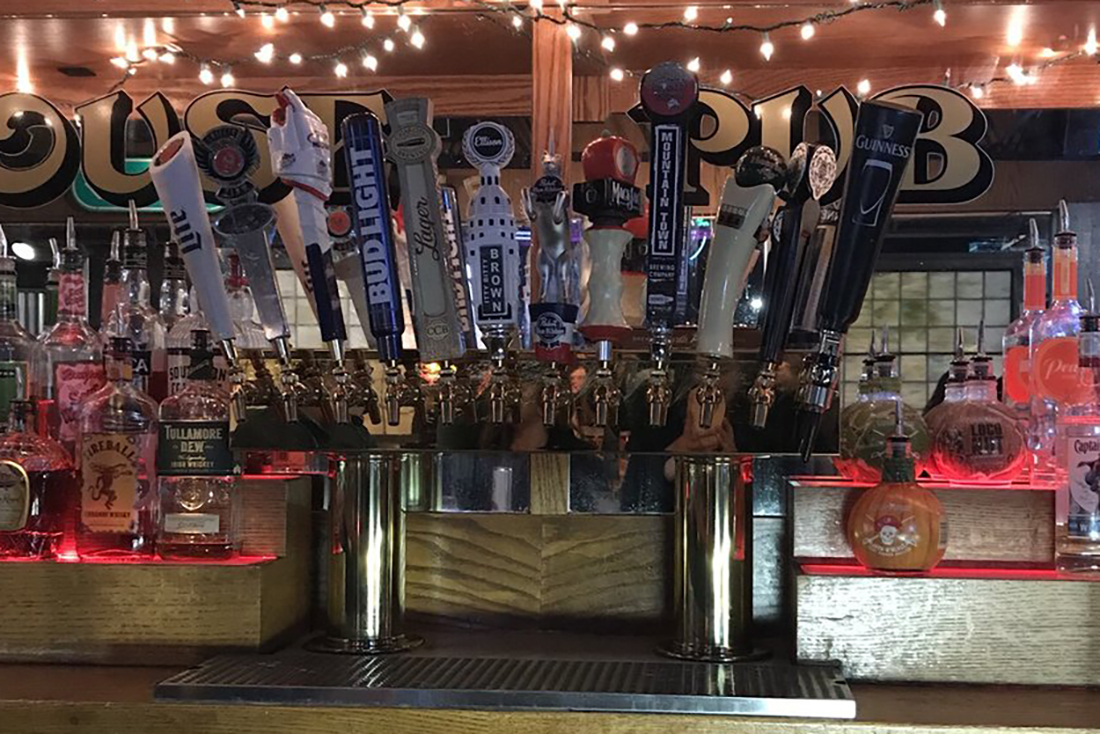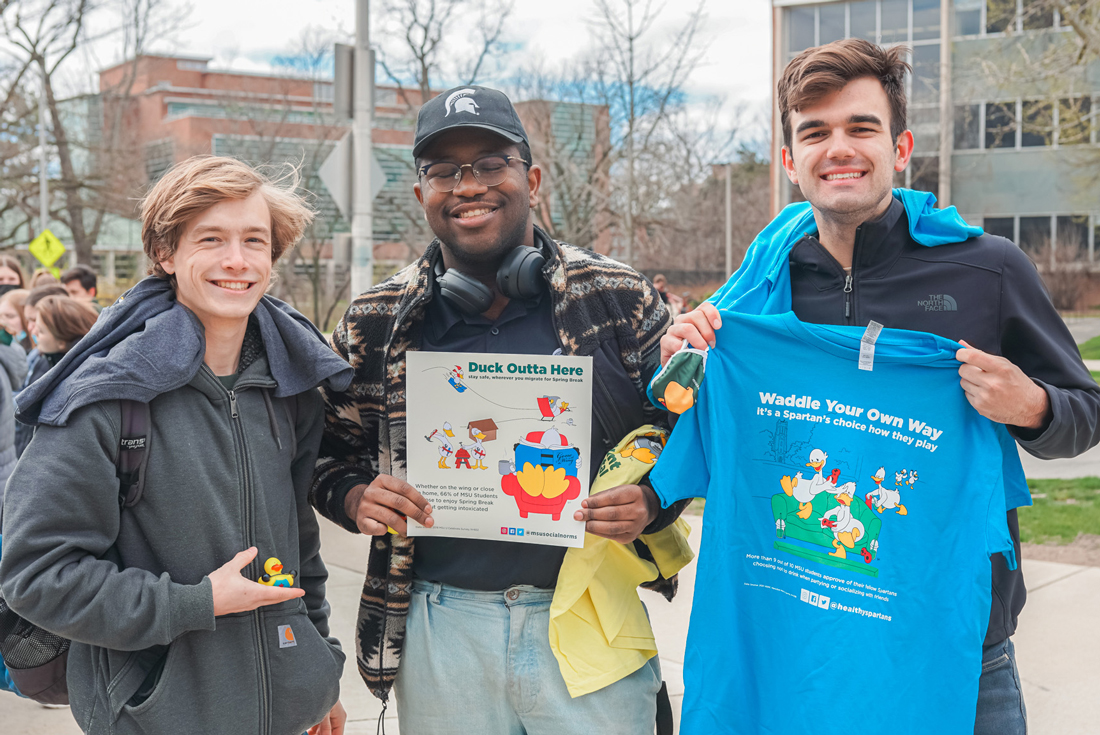NSNI has received a number of anecdotal reports of college student deaths this fall. These tragedies have resulted in inquiries from the press regarding NSNI’s mortality study presented at the American Public Health Association Meeting in November 2011, and its subsequent publication in the Journal of College Student Psychotherapy in January 2013. Many of the press reports correctly suggest continued significant problems associated with drinking among college students but also suggest intractability and no improvement in this public health issue.
Despite the occurrence of these horrific incidents and the terrible losses families, friends, and institutions experience, there is strong evidence in the literature to suggest headway is being made in decreasing dangerous drinking and preventing serious health consequences. In fact, there is evidence that college students suffer fewer consequences from drinking compared to their same-aged non-college peers, and compared to older populations as well. The following literature supports these assertions and we encourage you to read the citations in full.
Mortality among college students from accidents, alcohol, and suicide is significantly lower than the same-age general population.
Citation:
Turner, J. C., Leno, E. V., & Keller, A. (2013). Causes of mortality among American college students: A pilot study. Journal of College Student Psychotherapy, 27(1), 31-42.
In the only multi-institution study of student mortality since 1939, researchers from the American College Health Association and the National Social Norms Institute surveyed 157 four year colleges representing 1.4 million college students for school year 2009/10.
Mortality rates were as follows: accidental injuries 10.80 deaths per 100,000; suicide 6.17; cancer 1.94; and homicide .53. Within the accident and injury category, alcohol-related vehicular deaths were 3.37 per 100,000 while alcohol related non-vehicular deaths were 1.49 per 100,000.
The rates of vehicular mortality were 25% of those for the same-aged general population, alcohol-related vehicular and non-vehicular deaths were also 25% of those for the same-aged population, and suicide was half of that of the same-aged general population.
Hospitalizations due to alcohol related overdose are 60% lower among 18-24 year olds compared to those over 25 years old.
Citation:
White, A. M., Hingson, R. W., & Pan, I. J. (2011). Hospitalizations for alcohol and drug overdoses in young adults ages 18–24 in the United States, 1999–2008: results from the Nationwide Inpatient Sample. Journal of studies on alcohol and drugs, 72(5), 774.
Figure 5a. on page 782 demonstrates the rate per 100,000 of “hospitalizations” (actually emergency room visits, not necessarily inpatient admissions) due to alcohol related overdose to be 100/100,000 for 18-24 year olds and 265/100,000 for those over 25 years old. The authors noted this and indicated more research was required to understand this finding.
Annual use of alcohol among college students and non-college peers is the same and decreasing over the last 24 years.
Citation:
Johnston, L. D., O’Malley, P. M., Bachman, J. G., & Schulenberg, J. E. (2013). Monitoring the Future national survey results on drug use, 1975–2012: Volume II, College Students and Adults. Age, 19-50.
Figure 9-14a, page 417, shows that trends in annual use of alcohol among both college students and others 1-4 years past high school was 75% in 2013, having fallen from 91% in 1980.
The 2-week prevalence of 5 or more drinks in a row among college students is 4% higher than among non-college peers but has decreased for both groups since 1980.
Citation:
Johnston, L. D., O’Malley, P. M., Bachman, J. G., & Schulenberg, J. E. (2013). Monitoring the Future national survey results on drug use, 1975–2012: Volume II, College Students and Adults. Age, 19-50.
Figure 9-14d, page 420, shows that in 2013 the 2-week prevalence of 5 or more drinks in a row was 35% among college students and 31% among those 1-4 years past high school, having fallen from 44% for college students and 41% for non-college peers since 1980.
In Conclusion
Even though “binge” drinking (i.e., 5 or more drinks in a row) rates among college students are slightly higher than among non-college peers, the rates have dropped for students from 44% to 35% in 23 years; and mortality rates from accidents, alcohol, and suicide are significantly lower than those of the same-age population. Furthermore, hospitalizations for alcohol overdose are 2.5 times higher for persons older than 25 compared to 18-24 year olds.
I would suggest that some environmental factors are contributing in a positive way to the prevention of mortality and hospitalizations on college campuses. I suspect it is a combination of substance abuse education, heightened security and enforcement of policies and laws, interventions for troubled or injured students, as well as the decreased necessity to drive to parties on highly residential campuses.
Statistically, despite the slightly higher abusive use of alcohol on college campuses, being on a college campus appears to be dramatically safer than living anywhere else. Though tragedies continue to occur at unacceptably high rates, public health and safety/security officials really should more carefully investigate what colleges are doing right to mitigate and prevent morbidity and mortality. Lessons learned from the academe could potentially be applied to our communities.





